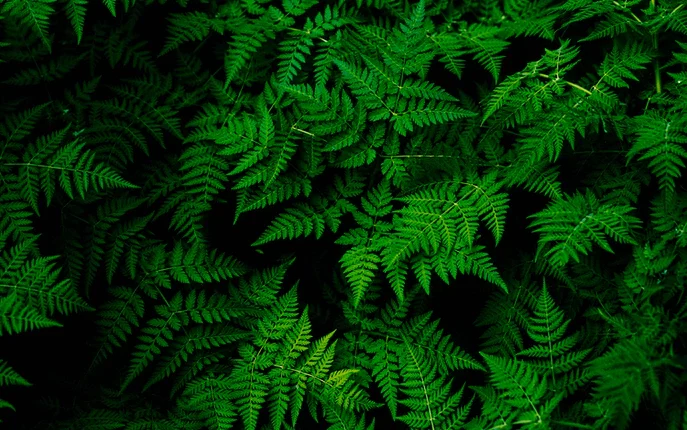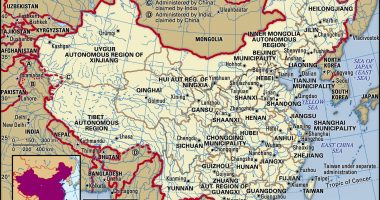Though brainless, plants can talk! Sometimes I find myself thinking the same of humans, but plants have their own unique methods of collaborating with one another.
Along with intaking water, extracting nutrients from the soil, and providing a support system for the plant, roots also secrete chemicals. Plants are able to alter the makeup of these secretions, to signal other organisms within their reach. The technical term for these chemicals is ‘root exudates.’
Root exudates work comparably to pheromones in animals. Pheromones are also secretions that convey an intended message. These chemicals often influence the behavior of other animals and potentially cause changes in their bodies, especially in animals of the same species.
For instance, a queen honey bee must constantly release pheromones to retain its stature within the colony; namely, the queen mandibular pheromone. Reduced pheromonal output signals to the colony that the queen has died, or become too weak, and the bees ready a replacement. The absence of a queen’s pheromones communicates to the colony that there is need for an heiress.
Like the queen bee, plants can form their own colonies using chemical communication. The PLOS One journal published a study, “Aboveground mechanical stimuli affect belowground plant-plant communication,” in 2018 that exemplifies plant communication through root exudates.
Researchers planted germinated maize seeds next to groups of previously grown maize seedlings. They briefly touched together the seedlings in one of these collections, causing the newly introduced seed’s root growth to stunt in that direction. The untouched group had no such effect. This conveys that the maize plants communicated the aboveground touch to the subterranean seed by means of root exudates.
Similarly, other plants are able to identify their neighbors via physical contact or root exudates and intentionally grow such that they won’t cast shade on members of their own species. This has the potential to redirect the growth of the plant in question much like the maize in the researchers’ experiment. Occasionally, this can be to the plant’s detriment, leading it to sacrifice its own space for the good of the group.
Not all times are plants so congenial. More often plants use these signals to mark out territory. Regardless, there is much more to plant life than a mere stem and leaves.






Comments are closed.